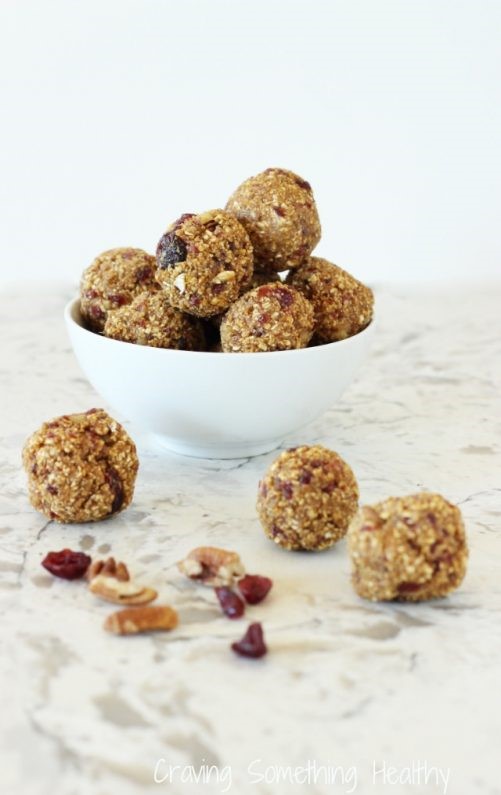New Research Supports Cranberry PACs Can Help Reduce H. pylori Infection Rates
New research published in the Journal of Gastroenterology and Hepatology provides clinical evidence supporting cranberry as a complementary approach to H. pylori (Helicobacter pylori) management. A randomized, placebo-controlled clinical trial found drinking cranberry juice containing 44 mg of proanthocyanidins (or "PACs") per 8 ounce serving twice daily for eight weeks resulted in a 20% reduction in the H. pylori infection rate in Chinese adults when compared to those consuming lower amounts of juice and a placebo.1 A ½-cup serving of 100% pure cranberry juice contains about 44 mg of PAC, which when taken twice daily in the morning and evening, should be equivalent to the levels in the clinical study needed to achieve H. pylori suppression. It may be added to other juices, seltzer water, etc.
Peptic ulcer disease affects over 4.5 million men and women annually in the U.S., and about 10% of the U.S. population has evidence of a duodenal ulcer at some time. The proportion of people with H. pylori infection and peptic ulcer disease steadily increases with age.2,3 H. pylori infection accounts for 90% of duodenal ulcers,4 which when untreated, increase the risk of developing stomach cancer.5 The American Cancer Society estimates that in 2020, 27,600 people in the US are expected to get stomach cancer and 11,010 are expected to die from it.6
Check out the CI’s latest handout for health professionals here, and for patients and clients here.
References
-
Zhe-Xuan L, Jun-Ling M, Yang G, Wei-Dong L, Ming L, et al. Suppression of Helicobacter pylori infection by daily cranberry intake: A double-blind, randomized, placebo-controlled trial. J. Gastroenterol Hepatol. August 2020; doi: 10.1111/jgh.15212.
-
-
-
Malik TF, Gnanapandithan K, Singh K. Peptic Ulcer Disease. [Updated 2020 Jun 18]. In: StatPearls [Internet]. Treasure Island (FL): StatPearls Publishing; 2020 Jan-. Available from: https://www.ncbi.nlm.nih.gov/books/NBK534792/
-
Suerbaum S, Michetti P. Helicobacter pylori infection. New Engl J Med 2002;347:1175-1186.
-


 Follow us on Twitter
Follow us on Twitter